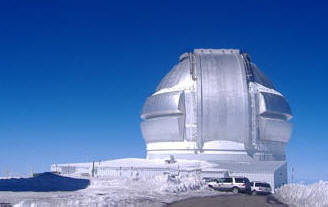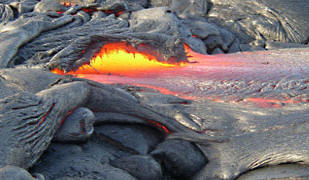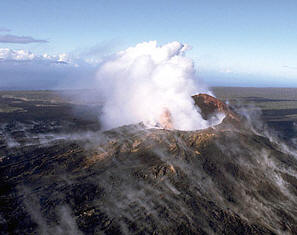|
Post Conference "Big Island" Tours |
|
|
Back to Post Conference Tours Back to Home Following the Galileo's Legacy conference there will be optional tours of the Gemini Observatory on Wednesday, January 7 and the Hawai`i Volcanoes National Park on Thursday, January 8, on the "Big Island" of Hawai`i. Tuesday, January 6 will be reserved for a travel day from Oahu to Hawai`i. Space is
very limited so please
reserve your spot as soon as possible. |
|
|
The Gemini Observatory Mauna Kea, Hawaii Click here for tour description and reservations  The Frederick C. Gillett Gemini North Telescope is located on Hawaii's Mauna Kea as part of the international community of observatories that have been built to take advantage of the superb atmospheric conditions on this long dormant volcano that rises almost 14,000' into the dry, stable air of the Pacific. The Gemini Observatory's international head-quarters is located in Hilo, Hawaii at the University of Hawaii at Hilo's University Park. Both of the Gemini telescopes (the other one is in Chile) have been designed to take advantage of the latest technology and thermal controls to excel in a wide variety of optical & infrared capabilities. Gemini's aggressive instrument program keeps the observatory at the cutting edge of astronomical research. By incorporating technologies such as laser guide stars, Multi-Conjugate Adaptive Optics and multi-object spectroscopy, astronomers in the Gemini partnership have access to the latest tools for exploring the universe www.gemini.edu  Click here for Amateur Astronomy Magazine's article on "A Visit to Gemini and Subaru Observatories" |
Hawai‘i
Click here for Volcanoes National Park
National Geographic
Destinations |

